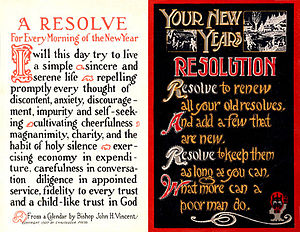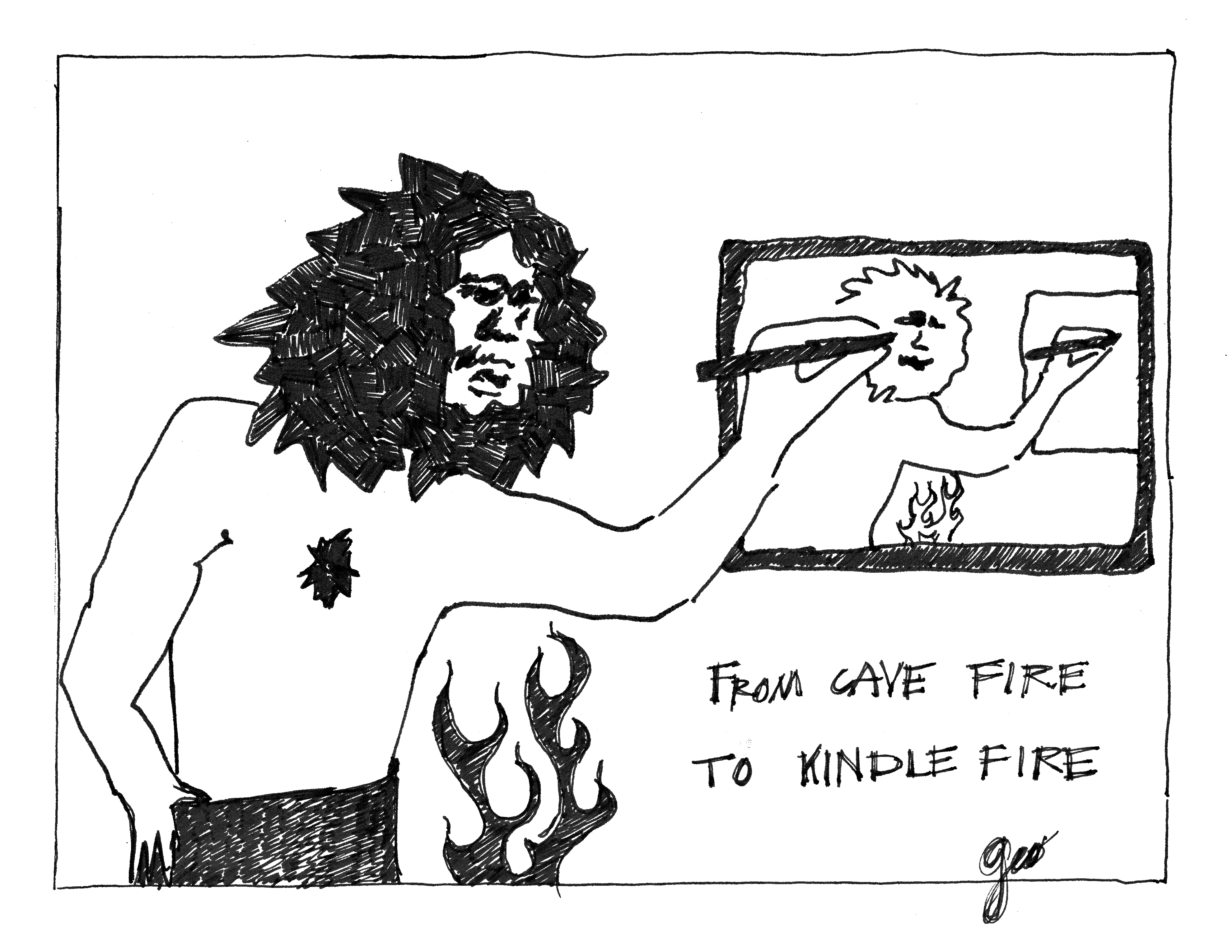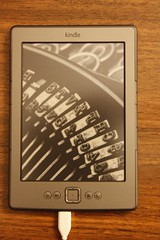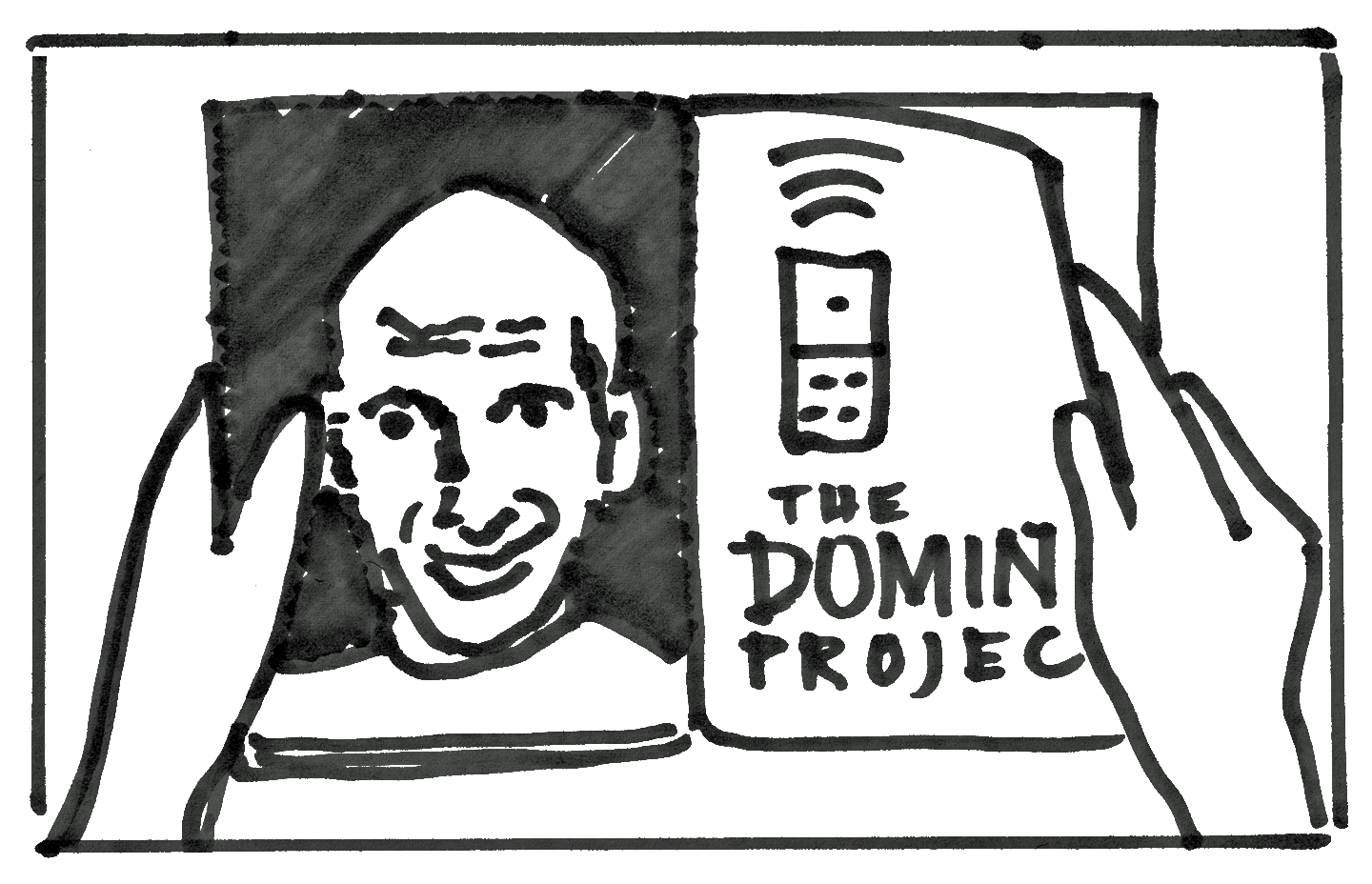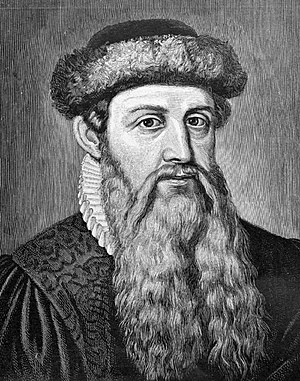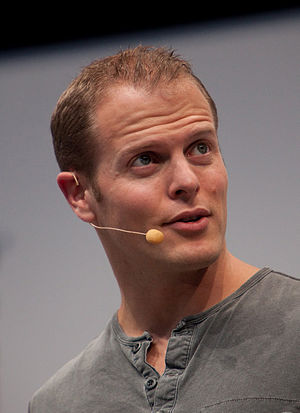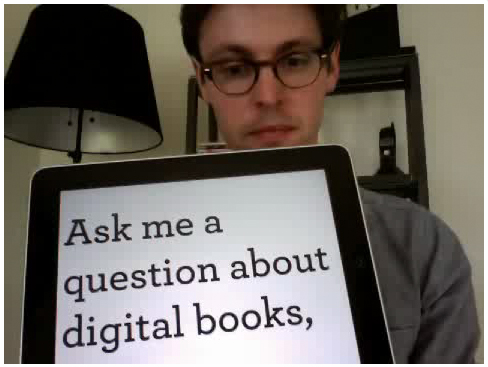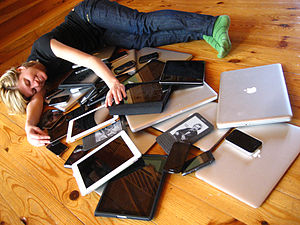2012 New Year’s Resolutions
Cheers to a razzle-dazzle 2012! I’m saluting the new year with a confession: I failed my top resolution for 2011.
There it is. I tried. I failed. Period. But last year is history, and the new year is my story!
That’s right, I’m totally undaunted. Humbled but not discouraged. Perhaps I was overly ambitious. Perhaps my resolve faltered. Perhaps I needed humility, checked ambition, faltering resolve. Perhaps I needed to unlearn and relearn and regroup and refocus…
One year ago today — with all the hubris and fanfare of a precocious adolescent — I threw caution to the wind and sang out across the interwebs.
I do hereby firmly resolve to publish Rosslyn Redux in multiple formats and to share my experiences over the next year while moving toward this goal.
My most important 2011 new year’s resolution was to deliver Rosslyn Redux to its audience. And I failed. Mostly…
But rather than sulking and groveling and begging absolution, I’m going to double down. My timing was off, but my goals were spot on. Last year whistled past like a downtown express which sucked my clutch of papers and carefully coiffed do down the tube in its wake. After standing on the platform for a while I learned to read an iPad and wear a hat. Now when the train bullets past I don’t blink.
My 2011 resolution numero uno eluded me, but I made strides and learned plenty over the last twelve months. Now I’m ready to deliver on my promise. I’m gambling that new year’s resolutions (like wine and cheese) tend to improve with proper maturation!
But good cellaring alone won’t be enough to deliver the goods. Dreams are dandy, but it takes good fundamentals and process to mature goals into accomplishments. Here are a few pointers I’ve collected to help guide me.
- pick very small resolutions, measurable actions that you can fulfill… You want small goals you can meet in a short time. (abc7.com)
- make your resolution specific, with a tangible, achievable outcome. (forbes.com)
- create a timeline… that gives you enough time to make the right choice. (How to keep your New Year’s Resolutions)
- Get back to scrappy… and do fewer things, better. (inc.com)
- outline the small, manageable steps you’ll need to take in order to achieve [your resolutions]… [Create a] a step-by-step plan… (forbes.com)
- [When you encounter] setbacks, don’t throw in the towel. Pick yourself up and start again. Setbacks are not a sign of failure; they are opportunities to learn and start again. (huffingtonpost.com)
- Counterbalance all of these resolutions with a resolution that inspires you. Something you just want to do… Something that just makes you happy to be alive for another year. (psychologytoday.com)
Not bad coaching, right? So far I’ve got goal and guidance. What’s missing? Inspiration. For the rocket fuel of success, no better place to turn than Seth Godin.
The thing is, we still live in a world that’s filled with opportunity. In fact, we have more than an opportunity — we have an obligation. An obligation to spend our time doing great things. To find ideas that matter and to share them. To push ourselves and the people around us to demonstrate gratitude, insight, and inspiration. To take risks and to make the world better by being amazing.
You get to make a choice. You can remake that choice every day… you have the power to change everything that’s to come. And you can do that by asking yourself (and your colleagues) the one question that every organization and every individual needs to ask today: Why not be great? (fastcompany.com)
I always and forever agree: we live in a world filled with opportunity. And we have an obligation to find, create, inspire and share greatness. In order to do so, we have an obligation to take risks.
I mentioned earlier that I mostly failed to deliver Rosslyn Redux to its audience. There are two exceptions. Last April the Rosslyn Redux blog was born. Nine months and four dozen posts later readership is growing and the chronicle/adventure is evolving. While working through the book manuscript the blog offers an open workshop to learn from my readers what is working and what is compelling and what is not. Reader comments and feedback have become an invaluable measure of my storytelling and focus, and I’m excited to ramp up the posts in the new years.
The second exception was Redacting Rosslyn, a solo performance at The Depot Theatre of readings, storytelling and vignettes ranging from a wader-wearing Amazon named Rosslyn to a perennially pickled bathtub yachtsman. Turning my book inside out for a capacity audience was scary and thrilling and addictive. I wanted to stay in that collaborative space, that creative tension between storyteller and audience forever. It was the first time that I’ve invite the public into the story, the first time I’ve shared the characters and scenarios with which I’ve been obsessed for years. The performance explored the uncanny parallel between renovating Rosslyn and redacting the Rosslyn Redux manuscript.
Renovating Rosslyn was an adventure. Writing and editing Rosslyn Redux is an adventure. Redacting Rosslyn is an interstitial adventure tucked into the folds of both, a wander into the unfamiliar. And it demands new methods and rhythms, new risks, new exploration. (rosslynredux.com)
In this world filled with opportunity, this world in which we have an obligation to take risks, the blog and the live performance were my first two forays into the fulfillment of my 2011 new year’s resolution. In 2012, they will serve as the foundation upon which I find, create, inspire and share greatness.
I do hereby firmly resolve to publish Rosslyn Redux in multiple formats in 2012. In the weeks ahead I resolve to define small, measurable actions and to arrange them into a viable timeline in order to produce specific, achievable outcomes. I’ll organize a step-by-step plan and reduce it to the fewest, most necessary elements in order to succeed. I’ll get scrappy when necessary, and I’ll turn setbacks into lessons that will propel me toward my goal. One year from today I will celebrate success.
Thank you for your confidence!
Related articles
- Konrath’s Resolutions for Writers 2012 (jakonrath.blogspot.com)
- New Year’s Resolutions (Inforgraphic) (funtasticus.com)
- Making And Keeping Your 2012 New Year’s Resolutions… With Social Media! (socialtimes.com)
- My New Years Resolution (elleswim.net)

